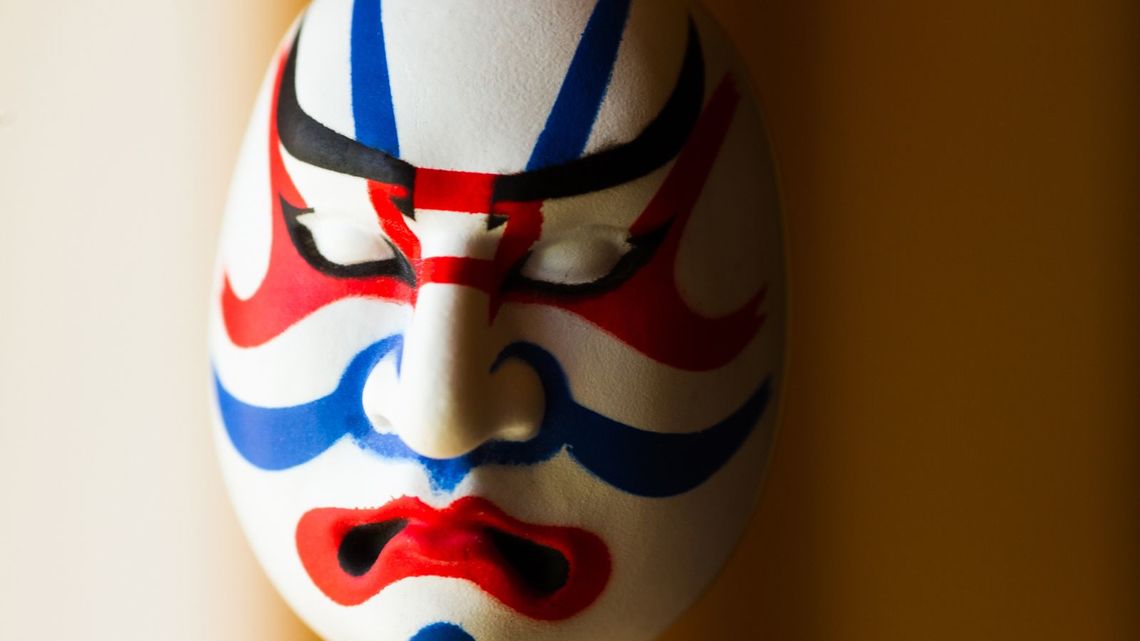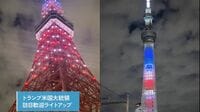
As I mentioned in the first column of this three-part series, kabuki languished on a path of deep decline in the first few decades of the postwar era. But as was argued in my previous entry, the latter part of the 1960s saw a revival, with debuts by new stars like the ‘Sannosuke’ (‘three nosuke’), namely Ichikawa Shinnosuke (later Ichikawa Danjuro XII), Onoe Kikunosuke (now known as Kikugoro) and Onoe Tatsunosuke (whose son is the current Onoe Shoroku), and the Taka-Tama duo (Takao Kataoka, now Nizaemon, and Bando Tamasaburo) bringing audiences back.
Those involved with kabuki had been running scared, worrying that ‘tradition will die out’, but the emergence of these new heroes pulled the artform out of its misery and drove away such dark clouds.
A stunning recovery
Turnarounds like that tend to happen every now and then here in Japan. A similar thing occurred with kyogen (traditional comic theatre), which was at one point virtually unknown and devoid of any popularity. But the arrival of a young man called Mansai Nomura changed the tide completely, and now kyogen is attractive enough to inspire ‘dinner shows’ built around the performers.
In Japan, ‘stars’ have remarkable ability to gather popular attention. Therefore, if you’re looking to revive a genre that’s gone stale, giving birth to a star is the way to go. Stars can occasionally emerge out of nowhere, but to put it poetically, if the ground is completely dry, nothing will grow. Even during kabuki’s darkest years, the actors and the Shochiku production company weathered the storm and continued to tend to their ‘garden’ – an effort worthy of praise.
Another headache was the upcoming rebuilding of the Shochiku-run Kabukiza Theatre, which I’ll discuss in more detail later. The resulting pause in performances worried many, but such fears proved unfounded: running for an unprecedented 16 consecutive months in the lead-up to the closing of the old Kabukiza in 2010, the ‘Sayonara’ performances were wildly popular, and the inaugural ‘Kokera Otoshi’ shows, performed over 12 months after the theatre’s reopening in 2013, drew audiences back once more. Even the actors’ subsequent scandals and other misfortunes acted in kabuki’s favour, helping bring about the prosperity it enjoys today.
Such developments are all part of kabuki’s nature, which has remained unchanged since the Edo era. Some people glorify the ‘artistic’ aspects of the classics, but whether or not the audience is entertained is what decides kabuki’s fate. And in order to be entertaining, the genre requires spectacle, which is provided by the actors.
However, what goes up must someday come back down. Kabuki’s current glory days can’t possibly last forever. When the next fall comes, will the kabuki families be expected to look after their legacy, or will the government step in to provide support? That’s impossible to tell right now; as members of the audience, all we can do is enjoy kabuki now and for as long as it flourishes.
How to watch kabuki
Well, how do you go about watching kabuki? This is my guide for all you first-timers out there.
1) Where to watch? Nothing beats the Kabukiza Theatre in Tokyo’s Higashi-Ginza. Don’t think I’m getting paid by Shochiku – this simply is the best place for first-timer viewers.
2) What to watch? Before you do anything else, take a look at the Kabukiza’s website. Given the choice between performances this month, next month and the month after that, I’d look at the ones furthest down the line. Tickets have not gone on sale for these yet, so you’ll have a better chance of getting good seats.
There are both daytime and night-time performances, but if time isn’t an issue, just choose according to the programme or actors you prefer. Being even slightly familiar with the play or actors you’re about to see helps make the classics more accessible. It’s fun to watch someone you’re familiar with from magazines or TV perform in the flesh.
3) If the show you’ve picked has a lineup of three or four performances, make sure to watch one classics programme and one dance programme. The classics may be difficult to understand, but watching kabuki while trying to avoid these is pointless, and the dances are fun to watch even if you don’t understand what’s going on.
4) Telling the difference between different types of performances can be a challenge, so make sure to look the details up online before heading over. Seeing a title like ‘Yoshitsune Senbon Zakara – Tokaiya’ written in kanji characters can be intimidating, but looking it up on the internet will help you tell whether it’s a dance programme or a part of the classics. But remember: even armed with all that knowledge, whether or not you actually enjoy the show is a different matter entirely.
5) How to buy tickets? Try online, again. The same goes for popular movies, but I don’t recommend heading over expecting to get tickets on the door. That’s because where you sit will have a significant impact on how enjoyable the show will be. A kabuki theatre is much larger than a cinema, meaning that the actors will appear small and far away, and you won’t be able to rely on close-ups like at the movies or big-screen replays like at a baseball game.
There are three categories of tickets, with prices obviously varying by category – always try picking a seat as close as possible to the stage. On ground level, the seats on the left side are the best, while on the third level it’s the ones on the right. I won’t go into details here, but these spots offer the best views of the hanamichi – an essential part of kabuki.
One-act plays are good for experienced viewers and tourists who only want to ‘experience’ kabuki, but I wouldn’t recommend them to first-timers interested in the genre.
6) Once at the Kabukiza for your performance, consider renting an audio guide. This includes real-time explanations on what’s happening on stage – not recorded, but ‘live commentary’ by a professional somewhere in the theatre. It’s a rare feature anywhere in the world. The printed programme, meanwhile, is a bit pricey and hardly necessary, but makes for a nice souvenir to bring back home.
7) All that’s left now is to watch. Even if you don’t understand the lines at times or can’t make out the lyrics in the accompaniment, don’t worry about it. Even experienced watchers don’t grasp every tiny detail.
Anyway, as long as you’re watching, you can generally understand what’s happening on stage. You’ll be impressed by the rapid movements of the actors, and fascinated by the costumes and mechanisms. Beyond this, don’t ask too much of yourself: the key is to just clear your mind and take it all in.
Alright, any more and my ‘lecture’ will be too long and you’ll lose interest, so I’ll just wrap things up now. If you want to prepare even more extensively for your first kabuki experience, please take a look at my book ‘Kabuki ni Iko!’ (available in Japanese only, sorry).
After the show, if you feel like it was interesting even though you didn’t really understand everything, take note – you really should go again. And if you just found it boring and unbearable, there’s no need to torture yourself any more. Of course, the young ones among you may want to wait until you’re over 60 and try again. Age works wonders on artistic tastes, you know.
(Written by Takeo Funabiki/Time Out Tokyo)




